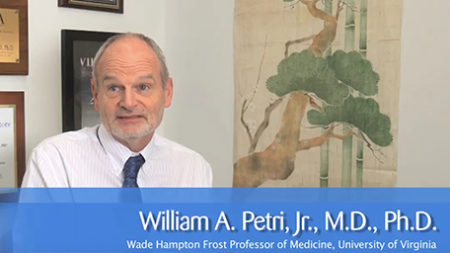Virendra Pandit
New Delhi: Democracies are often plagued with populism. Ruling parties succumb to their constituencies’ pressures and throw caution to the wind.
This happened in India which declared a premature ‘victory’ on the global pandemic of Covid-19 in the first week of March 2021. Two weeks later, the smart virus struck back with a virulent second wave, reducing India to import vaccines, rather than export, and count the mounting number of infections and deaths.
Has the US committed a similar blunder by relaxing restrictions and allowing the people to go mostly mask-free?
When the pandemic first began spreading, experts underlined the need for the US to reach herd immunity to prevent the virus from spreading. For this immunity to develop, between 60 percent and 90 percent of Americans would need to be vaccinated.
As it turns out, only about 35 percent of the US population has so far been fully vaccinated.
Despite this, the Centers for Disease Control and Prevention (CDC) announced on May 14 that fully vaccinated people can lose their masks in most indoor and outdoor settings. A mask-free US President Joe Biden, with Vice President Kamala Harris standing next to him, gleefully announced it, as the White House staff also wore no masks.
This self-congratulatory, pre-mature jubilation cost India dearly in the last two months, as it did New Zealand last year. The US may also follow.
For, some American experts are now asking a simple question: ‘What happens if we don’t reach herd community before relaxing restrictions?’
They are debating whether full vaccination or prior infection could really create a herd immunity required or prevent transmission from others visiting the country, as new variants of SARS-CoV-2 are highly transmissible. In such cases, face masks and social distancing should continue as bare minimum requirements.
Another important factor is the duration of immunity after vaccination or infection, and environmental factors such as seasonality, population sizes, and density, and heterogeneity within populations in immunity.
What is the biggest barrier to herd immunity in the US? Two factors could lead to failure to achieve high enough levels of immunity: not every adult receiving the vaccine because of “vaccine hesitancy” and the likely need to vaccinate adolescents and children, an expert said.
The FDA cleared the emergency use of the Pfizer-BioNTech Covid-19 vaccine for adolescents between 12 and 15 years of age on May 10. But an added barrier is the constant pressure of reintroduction of infection from other countries where vaccination is not as readily available as in the US.
Dr. William Petri, Professor of Infectious Diseases at the University of Virginia, said: “Achieving herd immunity to the extent of totally blocking new infections is therefore not easily achievable. I think that for Covid-19 at this time, it will be possible only with the concerted global effort over years, similar to what led to smallpox eradication.”
It only means that no country is safe from Covid-19 until all other countries are coronavirus-free. New Zealand, for example, became the first country to go mask-free in 2020, only to return to lockdowns. So did India, Brazil, and some other countries.
Why are there ‘vaccine hesitant’ individuals? Factors include a lack of confidence in the vaccine, the inconvenience of receiving it, or complacency, that is, thinking that if they get infected it will not be severe.
“Since herd immunity will not be reached, what will our lives look like? At least into 2022 and likely for much longer, I do not expect there will be herd immunity for Covid-19. What there will be, probably by the end of this summer in the US, is new normalcy,” he added.
Seasonal infections of Covid-19 may also continue. That means there will be less in the summer and more in the winter. “We’ll also see outbreaks in regions and population subgroups that lack adequate immunity, short-lived lockdowns of cities or regions, new and more transmissible variants, and a likely requirement for vaccine booster shots. We cannot let down on the research and development of treatments and new vaccines, as studies show that Covid-19 is here to stay.”

